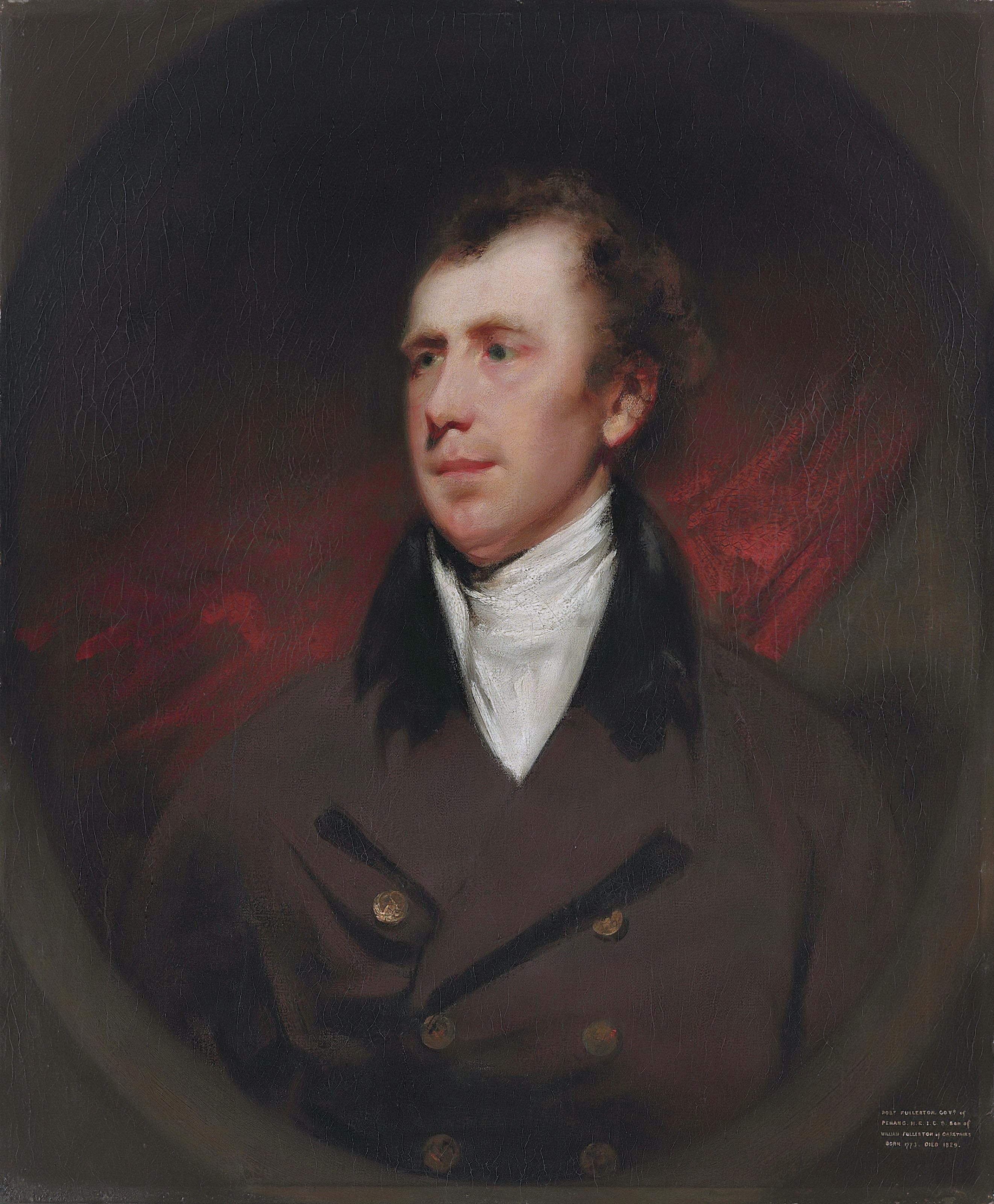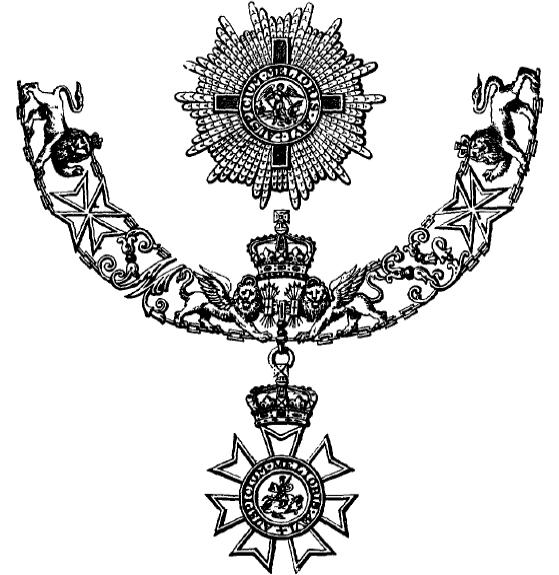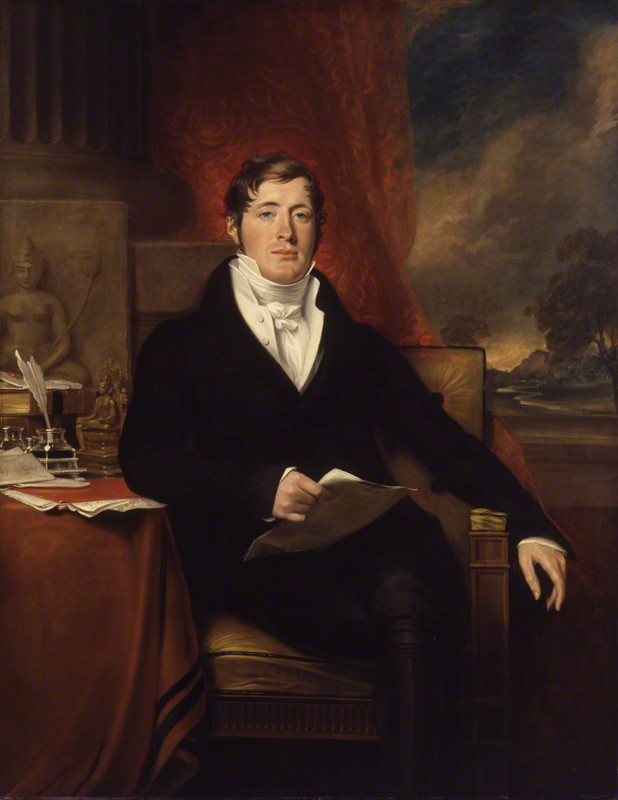|
Wilfred Lawson Blythe
Wilfred Lawson Blythe (9 November 1896 – 6 November 1975) was a British colonial administrator who served as the second Colonial Secretary of Singapore from 30 June 1950 to 30 July 1953. Blythe joined Malayan Civil Service as a cadet in 1921 and Chinese Protectorate before rising to the high position of Colonial Secretary of Singapore and retired on 30 July 1953. Education Blythe completed his education at the Birkenhead Institute and Liverpool University. In 1922, Blythe went to Canton to study Cantonese and has also passed his examinations in Cantonese, Hokkien and Malay. Career Blythe joined Malayan Civil Service as a cadet and was attached to Chinese Secretariat at Seremban and then at Kuala Lumpur in 1921. Between 1922 and before the start of Japan occupation in the Malaya and Singapore, Blythe was appointed as Assistant Protector or Protector of Chinese in Kuala Lumpur, Selangor, Penang, Johore, Negri Sembilan and Singapore in several instants. While as the assista ... [...More Info...] [...Related Items...] OR: [Wikipedia] [Google] [Baidu] |
List Of Chief Secretaries Of Singapore
Resident councillors of Singapore (1826-1867) The resident councillor of Singapore was a high ranking government civil position in colonial Singapore during the Straits Settlements era. It was second only to the governor of the Straits Settlements in the colonial government. Colonial secretaries of the Straits Settlements (1867–1942) Colonial Secretaries of Singapore (1946-1955) Chief Secretaries of Singapore (1955-1959) References External linksWorldStatesmen - Singapore (Justin Corfield) {{DEFAULTSORT:Chief Secretaries of Singapore, List of [...More Info...] [...Related Items...] OR: [Wikipedia] [Google] [Baidu] |
Federated Malay States
)Under God's Protection , capital = Kuala Lumpur1 , religion = Islam , legislature = Federal Legislative Council , type_house1 = State level , common_languages = , title_leader = Monarch , leader1 = Victoria , year_leader1 = 1895–1901 (first) , leader2 = George VI , year_leader2 = 1936–1946 (last) , title_deputy = Resident General , deputy1 = Sir Frank Swettenham , year_deputy1 = 1896–1901 (first) , deputy2 =Hugh Fraser , year_deputy2 = 1939-1942 (last) , stat_pop2 = 1,597,700 , stat_year2 = 1933 , currency = Straits dollar until 1939Malayan dollar until 1953 , today = Malaysia * Perak *Selangor *Kuala Lumpur * Putrajaya * Negeri Sembilan *Pahang , footnotes = 1 Also the state capital of Selangor ² Malay using Jawi (Arabic) script ³ Later Chief Secretaries to the Government and Federal Secretaries The Federated Malay Sta ... [...More Info...] [...Related Items...] OR: [Wikipedia] [Google] [Baidu] |
Chief Secretaries Of Singapore
Chief may refer to: Title or rank Military and law enforcement * Chief master sergeant, the ninth, and highest, enlisted rank in the U.S. Air Force and U.S. Space Force * Chief of police, the head of a police department * Chief of the boat, the senior enlisted sailor on a U.S. Navy submarine * Chief petty officer, a non-commissioned officer or equivalent in many navies * Chief warrant officer, a military rank Other titles * Chief of the Name, head of a family or clan * Chief mate, or Chief officer, the highest senior officer in the deck department on a merchant vessel * Chief of staff, the leader of a complex organization * Fire chief, top rank in a fire department * Scottish clan chief, the head of a Scottish clan * Tribal chief, a leader of a tribal form of government * Chief, IRS-CI, the head and chief executive of U.S. Internal Revenue Service, Criminal Investigation Places * Chief Mountain, Montana, United States * Stawamus Chief or the Chief, a granite dome in ... [...More Info...] [...Related Items...] OR: [Wikipedia] [Google] [Baidu] |
1975 Deaths
It was also declared the ''International Women's Year'' by the United Nations and the European Architectural Heritage Year by the Council of Europe. Events January * January 1 - Watergate scandal (United States): John N. Mitchell, H. R. Haldeman and John Ehrlichman are found guilty of the Watergate cover-up. * January 2 ** The Federal Rules of Evidence are approved by the United States Congress. ** Bangladesh revolutionary leader Siraj Sikder is killed by police while in custody. ** A bomb blast at Samastipur, Bihar, India, fatally wounds Lalit Narayan Mishra, Minister of Railways. * January 5 – Tasman Bridge disaster: The Tasman Bridge in Hobart, Tasmania, Australia, is struck by the bulk ore carrier , killing 12 people. * January 7 – OPEC agrees to raise crude oil prices by 10%. * January 10–February 9 – The flight of ''Soyuz 17'' with the crew of Georgy Grechko and Aleksei Gubarev aboard the ''Salyut 4'' space station. * January 15 – Alvor Agreement: Portuga ... [...More Info...] [...Related Items...] OR: [Wikipedia] [Google] [Baidu] |
1896 Births
Events January–March * January 2 – The Jameson Raid comes to an end, as Jameson surrenders to the Boers. * January 4 – Utah is admitted as the 45th U.S. state. * January 5 – An Austrian newspaper reports that Wilhelm Röntgen has discovered a type of radiation (later known as X-rays). * January 6 – Cecil Rhodes is forced to resign as Prime Minister of the Cape of Good Hope, for his involvement in the Jameson Raid. * January 7 – American culinary expert Fannie Farmer publishes her first cookbook. * January 12 – H. L. Smith takes the first X-ray photograph. * January 17 – Fourth Anglo-Ashanti War: British redcoats enter the Ashanti capital, Kumasi, and Asantehene Agyeman Prempeh I is deposed. * January 18 – The X-ray machine is exhibited for the first time. * January 28 – Walter Arnold, of East Peckham, Kent, England, is fined 1 shilling for speeding at (exceeding the contemporary speed limit of , the first spee ... [...More Info...] [...Related Items...] OR: [Wikipedia] [Google] [Baidu] |
1953 New Year Honours
The New Year Honours 1953 for the United Kingdom were announced on 30 December 1952, to celebrate the year passed and mark the beginning of 1953. This was the first New Year Honours since the accession of Queen Elizabeth II. The ''Honours list'' is a list of people who have been awarded one of the various orders, decorations, and medals of the United Kingdom. Honours are split into classes ("orders") and are graded to distinguish different degrees of achievement or service, most medals are not graded. The awards are presented to the recipient in one of several investiture ceremonies at Buckingham Palace throughout the year by the Sovereign or her designated representative. The orders, medals and decorations are awarded by various honours committees which meet to discuss candidates identified by public or private bodies, by government departments or who are nominated by members of the public. Depending on their roles, those people selected by committee are submitted to Ministers ... [...More Info...] [...Related Items...] OR: [Wikipedia] [Google] [Baidu] |
Order Of St Michael And St George
The Most Distinguished Order of Saint Michael and Saint George is a British order of chivalry founded on 28 April 1818 by George IV, George IV, Prince of Wales, while he was acting as prince regent for his father, George III, King George III. It is named in honour of two military saints, Michael (archangel), Michael and Saint George, George. The Order of St Michael and St George was originally awarded to those holding commands or high position in the Mediterranean Sea, Mediterranean territories acquired in the Napoleonic Wars, and was subsequently extended to holders of similar office or position in other territories of the British Empire. It is at present awarded to men and women who hold high office or who render extraordinary or important non-military service to the United Kingdom in a foreign country, and can also be conferred for important or loyal service in relation to foreign and Commonwealth of Nations, Commonwealth affairs. Description The Order includes three class ... [...More Info...] [...Related Items...] OR: [Wikipedia] [Google] [Baidu] |
Franklin Gimson
Sir Franklin Charles Gimson (10 September 1890 – 13 February 1975) was a British colonial administrator who served as Governor of Singapore from 1946 to 1952. Gimson assumed the post of the Colonial Secretary of Hong Kong in December 1941. However, his appointment was interrupted by the Battle of Hong Kong. He became a prisoner of war when then Governor Sir Mark Young surrendered to the Imperial Japanese Army on Christmas Day 1941. After spending more than three years in Stanley Internment Camp as an internee, Gimson was freed in August 1945, upon the Liberation of Hong Kong. He formed a short-lived provisional government and briefly declared himself "acting governor", but this administration was soon replaced when Rear Admiral Cecil Harcourt established the military government following in September. Gimson was the first Governor of Singapore from 1946 to 1952 and reinstalled the civil administration in Singapore. During his governorship, he witnessed the establishment o ... [...More Info...] [...Related Items...] OR: [Wikipedia] [Google] [Baidu] |
George Maxwell (administrator)
Sir William George Maxwell (9 June 1871 – 22 August 1959) was a British colonial administrator in British Malaya and the Straits Settlements.OxfordDNBEntry for ''Maxwell, Sir (William) George'' Retrieved 9 January 2014 Biography He was the eldest son of Sir William Edward Maxwell and Lilias Grant Mackay. Sir George entered the service of the Perak Government as a junior officer in 1891. He then progressed to Assistant District Magistrate and Registrar of Courts in Kinta Valley (Perak). He was also the Assistant Secretary to the Government of Perak, Acting Collector of Land Revenue in Larut, Registrar of Titles and Warden of Mines in Northern Perak and Acting Senior Magistrate for Selangor, Negeri Sembilan, and Perak. In 1904, he was transferred to the Civil Service of Straits Settlements and was Acting Commissioner of the Court of Requests in Singapore. He was posted as the District Officer of Dinding, Perak, Solicitor General (1906). On 9 July 1909 the Bangkok Ag ... [...More Info...] [...Related Items...] OR: [Wikipedia] [Google] [Baidu] |
Patrick McKerron
Brigadier Sir Patrick Alexander Bruce McKerron, known as Patrick McKerron (6 May 1896 – 20 March 1964) was a British Army officer and colonial administrator. He joined the Malayan Civil Service in 1920 as Assistant Superintendent before retiring as Colonial Secretary of Singapore in 1950. Early years and education Patrick McKerron was educated in Fettes College and Aberdeen University. Career Military career During the First World War, McKerron was with the 4th Battalion, The Gordon Highlanders in France, where he was wounded in 1917. He was transferred to Indian Army servicing with the 20th Punjab Regiment in the Punjab and on the North West Frontier. Civil career Prior to Second World War McKerron joined the Malayan Civil Service in 1920 was appointed as acting Assistant Superintendent in the Monopolies Department (Singapore). Between 1922 and 1924, he was a District Officer in Jasin, Malacca. In January 1925, he was appointed as District Officer (Nithong Tebal), A ... [...More Info...] [...Related Items...] OR: [Wikipedia] [Google] [Baidu] |
Colonial Secretary Of Singapore
The chief secretary of Singapore, known as the colonial secretary of Singapore before 1955, and the colonial secretary of the Straits Settlements before 1946, was a high ranking government official position in the Straits Settlements before 1946 and the Colony of Singapore after 1946, between 1867 and 1959. It was second only to the governor of Singapore, formerly the governor of the Straits Settlements in the colonial government. The Straits Settlements, which mainly comprised Singapore, Penang and Malacca, became a Crown colony in 1867. The position of Colonial Secretary was subsequently created with a view to replacing Resident Councillor in Singapore. During the Japanese occupation of Singapore, the position was vacant and suspended following the downfall of the Malay Peninsula into the hands of the Japanese Empire. In 1946, Singapore parted from Penang and Malacca, forming itself into a Crown colony, so the jurisdiction of Colonial Secretary was reduced to Singapore only. ... [...More Info...] [...Related Items...] OR: [Wikipedia] [Google] [Baidu] |
List Of Governors Of Singapore
The Governors of Singapore were the political leaders of Singapore during its pre-independence phase in the history of Singapore. Residents of Singapore (1819–1826) The Resident of Singapore ruled the British colony that is today the Republic of Singapore. The persons on this position governed Singapore from 1819 to 1826, on behalf of the British East India Company. Governors of the Straits Settlements (1826–1942) The Governor of the Straits Settlements ruled the Straits Settlements. The persons on this position governed the Straits Settlements from 1826 to 1946, on behalf of the British East India Company (1826–1858), the India Office (1858–1867) and the Colonial Office (1867–1946) respectively. Japanese Occupation (1942 to 1945) During the Japanese occupation of Singapore, there were two Mayors and five Military Administrators appointed to Syonan-to. Governors of the Straits Settlements (1945–1946) Governors of Singapore (1946–1959) The Gover ... [...More Info...] [...Related Items...] OR: [Wikipedia] [Google] [Baidu] |


.jpg)

